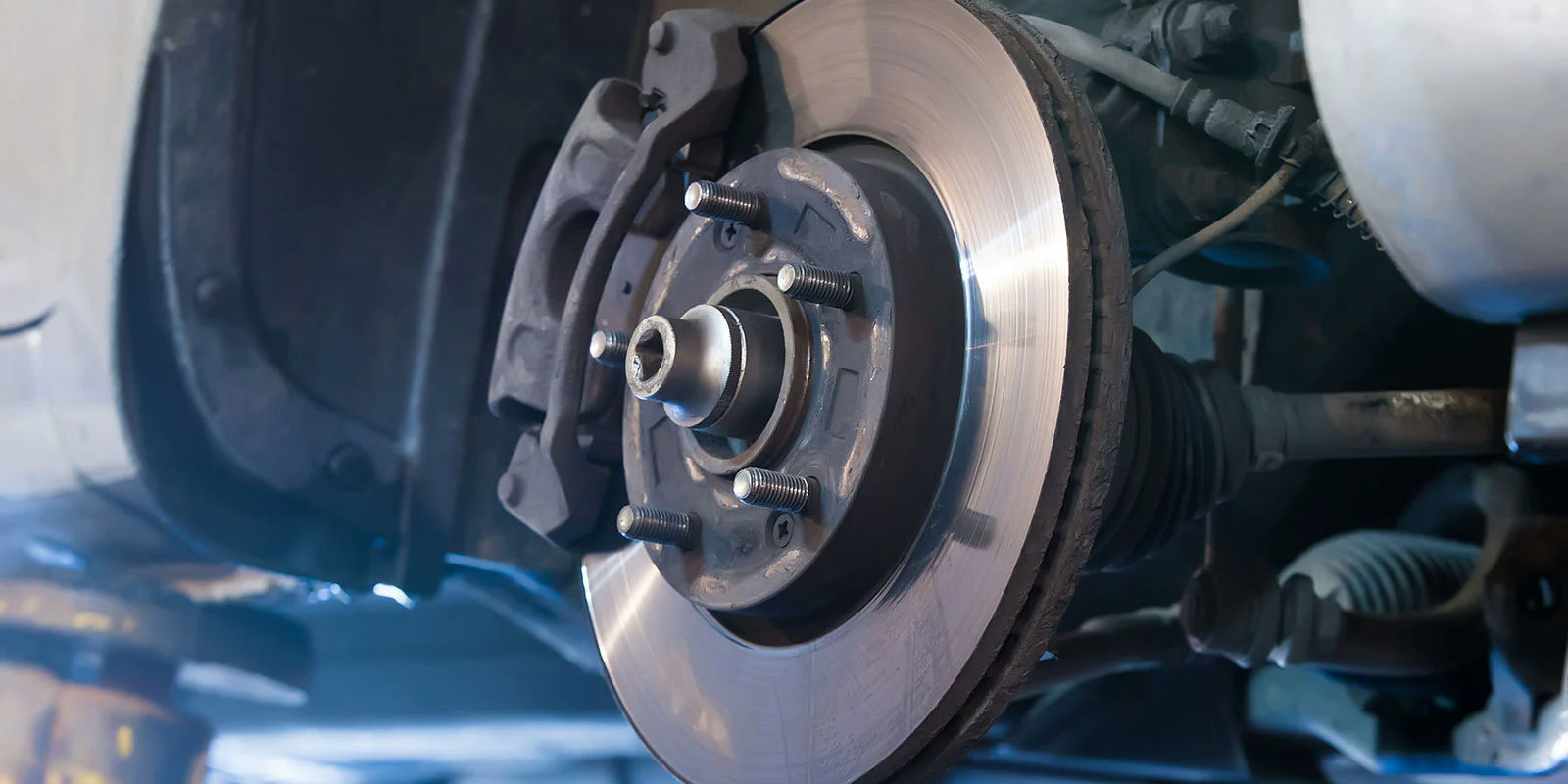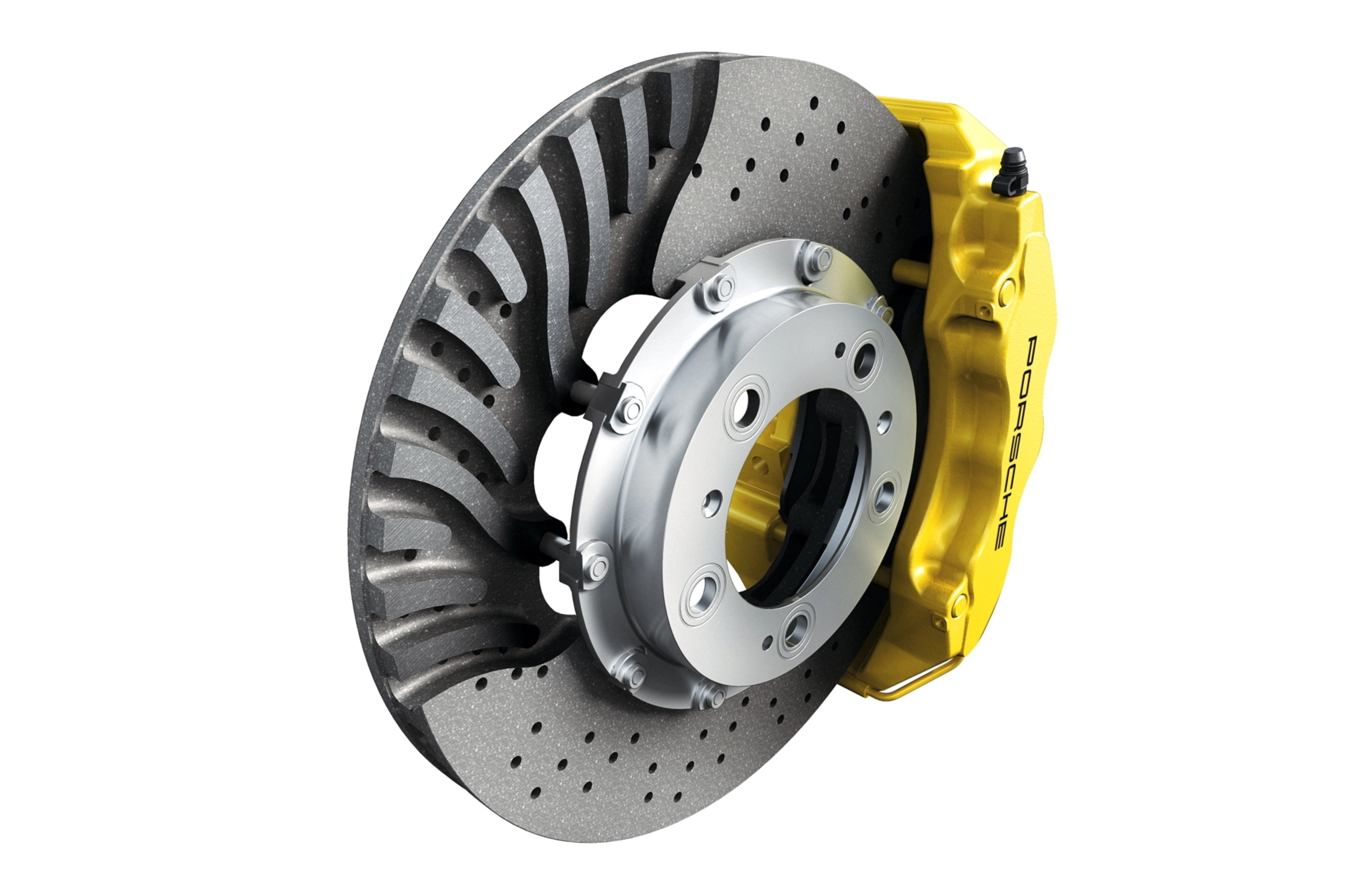
The History of Cast Iron Brakes
When it comes to the evolution of braking systems, cast iron brakes certainly hold a notable place in automotive history. Introduced in the early 20th century, cast iron brakes quickly became the standard due to their durability and cost-effectiveness. Cast iron, known for its excellent thermal conductivity and high heat capacity, was ideal for absorbing and dissipating the heat generated during braking. Cast iron brakes work by using friction between a cast iron rotor and brake pad to slow down and stop a vehicle. Their robust build allowed for reliable performance in a variety of driving conditions, making them a popular choice for manufacturers and drivers alike. However, they did come with drawbacks, including being heavy and susceptible to rust, which led to continuous innovations in braking technology.

Durability and Longevity
Heat Dissipation
Cost-Effectiveness
Consistent Performance
High Friction Coefficient
Heavy Weight
Cast iron brakes add significant weight to the vehicle, affecting overall performance. Heavy brakes can reduce fuel efficiency and make the car less agile. This might be less noticeable in larger vehicles but can be a drawback for smaller or performance cars. Longer stops and increased wear on suspension components are additional concerns.
Heat Dissipation
While cast iron has decent heat dissipation properties, it's not the best. Extensive use, like during spirited driving or frequent downhill braking, can still lead to brake fade. This means the performance of the brakes drops, potentially leading to safety issues.
Corrosion Risk
Cast iron brakes are prone to rust, especially in areas with high humidity or salt on the roads. This rust can lead to uneven braking and potentially more expensive repair costs. Regular maintenance and checks are essential but can be a hassle for some drivers.
Noise Levels
Cast iron brakes can be noisier compared to other materials, such as ceramic. While noise doesn't affect performance, it can be annoying for the driver and passengers. The brake squeal can indicate wear but could also happen even when brakes are in good condition.
Lower Durability
In comparison to modern braking materials like carbon-ceramic, cast iron brakes have a shorter lifespan. They wear down quicker, meaning more frequent replacements. This can add up in terms of both parts and labor costs over the car's life.

Cast iron brakes have had a long history in the automotive industry owing to their durability and cost-effectiveness. You’ll often find them used in a variety of vehicle types, ranging from everyday passenger cars to performance-oriented models.
One classic example is the Honda Civic. Many versions of this staple sedan, particularly in the lower to mid-range trims, have used cast iron discs. Drivers find them reliable for routine commuting and consistent in their braking performance, albeit without the flashy characteristics of high-end materials like carbon-ceramic.
Another car that has utilized cast iron brakes extensively is the Toyota Corolla. Much like the Civic, the Corolla benefits from the cast iron system for its consistency and longevity. These brakes can handle the daily stop-and-go traffic without too much fuss, making them ideal for urban environments where durability over time is a top priority.
In the realm of more performance-focused vehicles, the Ford Mustang models, especially the earlier generations, have seen the application of cast iron brake systems. While modern Mustangs might use more advanced braking materials to cope with higher power outputs, many classic Mustangs retain cast iron discs for their rugged reliability. They provide the necessary stopping power without incurring the high costs and maintenance demands of newer materials.
When it comes to rugged, utilitarian vehicles, you’ll often find cast iron brakes used in pickup trucks like the Chevrolet Silverado. These trucks demand brakes that can handle heavy towing and payloads. Cast iron brakes offer the necessary toughness and heat dissipation needed for these strenuous tasks.
Similarly, the Jeep Wrangler, known for its off-road capability, utilizes cast iron discs in some of its models. Their ability to manage varied and rough terrain, all while being exposed to dirt, mud, and water, reflects the cast iron’s robustness in less-than-ideal conditions.
Cast iron brakes are also commonly found in models like the Subaru Outback. Known for its capability and dependability, the Outback benefits from the cast iron's all-weather reliability, especially in snowy or rainy conditions prevalent in many of the areas where this car is popular.
Finally, the Volkswagen Passat uses cast iron brakes in several of its iterations. While the vehicle aims at offering a balance between comfort and performance, the cast iron brakes align well with its mission of providing dependable, no-nonsense braking performance suitable for both highway cruising and city driving.
These real-life applications showcase how cast iron brakes serve diverse needs across different types of cars. Though not the flashiest or most advanced, their reliability and resilience under a variety of driving conditions ensure their continued use in the automobile industry.
That's just over the last decade according to the night Franks Luxury Investment Index, making it the best-performing asset class of any other type of collectible. MyGarage.AI was developed to take your car collection and preservation the extra mile with a growing list of innovative features.
Utilize cutting-edge AI to discover fascinating facts about your car and compose engaging, descriptive narratives that highlight its unique story.

Access vast datasets to populate your car’s specifications, title history, and more, ensuring your records are detailed and accurate.

Document key aspects of your car’s history, maintenance, restoration, customization, and performance. Preserve every detail that makes your car special.

Store photos, videos, and records of awards or special recognition, creating a rich, visual history of your vehicle.

Join group forums and participate in event postings to connect with fellow car enthusiasts and build a supportive community.

Enjoy complete control over your privacy and sharing settings. Share your car’s legacy through a searchable gallery or on social media platforms with ease.

Our mobile-friendly platform makes it easy to document and share your car’s legacy anytime, anywhere.

Discover, preserve, and share the legacy of your precious automotive assets to increase their appeal and value.